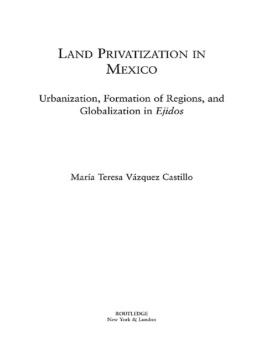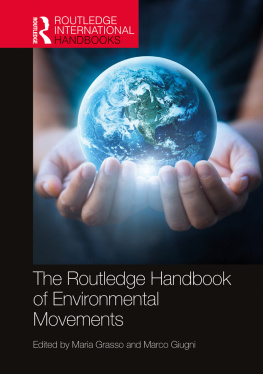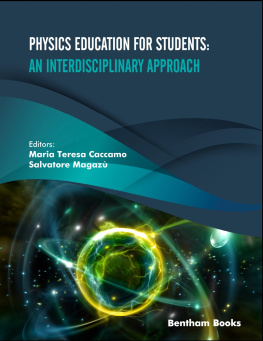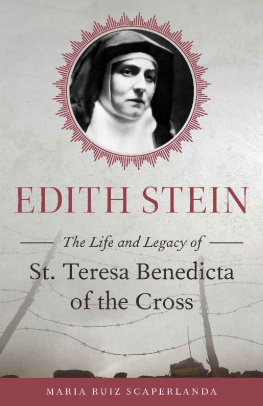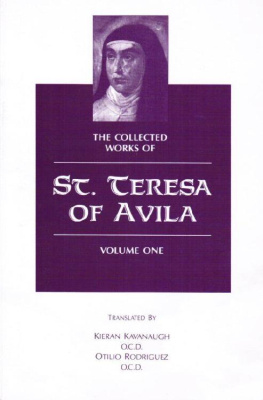The Great Laboratory of Humanity
Collection, Patrimony and the Repatriation of Human Remains
Edited by
Maria Teresa Milicia
Volume realizzato con il contributo dellUniversit degli studi di Padova - Dipartimento di Scienze Storiche Geografiche e dellAntichit - DiSSGeA
Prima edizione: gennaio 2020
Prima edizione digitale: marzo 2020
ISBN 978 88 5495213 3
2020 Cleup sc
Coop. Libraria Editrice Universit di Padova
via G. Belzoni 118/3 Padova (t. +39 049 8753496)
www.cleup.it
www.facebook.com/cleup
Tutti i diritti di traduzione, riproduzione e adattamento, totale o parziale, con qualsiasi mezzo (comprese le copie fotostatiche e i microfilm) sono riservati.
On the cover: Capitis Structurae Ratio in Andreae Vesalii Bruxellensis, Scholae medicorum Patauinae professoris, de Humani corporis fabrica Libri Septem , 1543, Basel: Johannes Oporinus.
To our ancestors who passed away without leaving a trace
Introduction
Maria Teresa Milicia
The present volume collects the selected papers of the International Conference The Great Laboratory of Humanity: Collection, Patrimony and the Repatriation of Human Remains held in the University of Padua, from 30 May to 1 June 2016.
The conference aimed to address the acquisition, circulation and treatment of human remains, from the practices of colonial collecting and their monumentalizing use in the epoch of nation-building, until the present-day repatriation movement instigated by Indigenous communities. This broad temporal perspective provides a larger scale of analysis of the different processes of empowering human remains through the historical inversion of the symmetrical relationship between scientific objectification and political sacralization. Though local contexts of power relations and competing cultural models are embedded within any contestation over human remains held in museum collections, it is possible to explore the global framework of the processes of patrimonialisation in the postcolonial world.
In the nineteenth century, the rise of the paradigm of race increased the interest of scientists in measuring and comparing human skeletons, and especially skulls, to investigate the origin of humanity and classify the biological diversity of people all over the world. Western global domination served the purpose of enhancing the collecting of human remains. Stolen from burial places or battle camps, and often acquired through commercial transactions, those remains were transformed into anthropological evidence. Museums and academic institutions asserted their ownership rights by proclaiming the universalist value of the evidence-bodies held in the scientific laboratory of humankind. At the same time, in the political laboratory of Western states, the remains of Fathers of Nations were being transformed into sacred monument-bodies as a result of eighteenth- and nineteenth-century European secular religion. From the panthonisation of the Western big men during the French Revolution to the thanato-politics of Italian nation-buildinga secular version of the Catholic cult of relicsand the coeval creation of anatomical collections by scientific institutions, the dual process of patrimonialisation of evidence-bodies and monument-bodies appears to maintain its symbolic strength within the contemporary cultural politics around human remains.
In the postcolonial era, the political agenda changed in the nations of the former white settler territories in the face of the affirmative actions of Indigenous people campaigning for the return of ancestral remains housed in Western institutions. Human remains have become the site of a symbolic fight, the flash point of the material evidence of colonial violence as well as the body-of-proof of sciences false neutrality. In 1990, after a thirty-year battle by American Indian activists, the US federal law NAGPRA (Native American Graves Protection and Repatriation Act) was enacted to remedy long-standing claims for the repatriation, burial and protection of ancestors remains. NAGPRA is a unique legislation rooted in the US history of internal colonization and of systematic excavations of burials for archeological research, but its enactment had a profound impact on museum policies in many Western countries. Now there are repatriation requests from Australia, Oceania, Africa and in some case also from subaltern communities or ethnic and religious minorities in Europe.
As demands for restitution have increased over the past decades, many museums have enacted internal guidelines for the care of collections of human remains and are developing innovative approaches towards practices of repatriation. The United Kingdom established a Ministerial Working Group on Human Remains and, in 2004, an amendment to the Human Tissue Act provided museums with a legal framework for responding to repatriation requests. Over the past decade, many international conferences and seminars have addressed this hotly debated topic, one that involves confronting ethical dilemmas and the political consequences of an enduring crisis in the authority of scientific knowledge. These are typified by the mutual accusations hurled between pro- and anti-repatriation scholars.
Many international conferences in Europe pointed to the growing body of interdisciplinary scholarship on the issues pertaining to the past and present treatment of human remains in museums and academic institutions:
Human Remains and Museum Practice (Museum of London, 2004), Respect for Ancient British Human Remains (Manchester Museum, 2006), Des collections anatomiques aux objets de culte: Conservation et exposition des restes humains dans les muses (Muse du Quai Branly, Paris 2010), Conference on Restitutions on Human Remains (Foundation for Art-Law and Art-Law Center, Geneva 2010), the seminar Human Remains and the Law (Institute of Art and Law and the Natural History Museum, London 2013), as well as the seminar Corpses, Cadavers and Catalogues: The Mobilities of Dead Bodies and Body Parts, Past and Present (Queen Mary University of London, Royal College of Surgeons, School of Geography and the Environment, London 2016) are definitive examples of the effort to engage museum professionals and academics in a thorough discussion on the legacy of the past, on the shifting meaning of human remainspower and agency, on their increasing research potential in the globalised world.
The Italian scholars are late in joining this huge international debate, though since 2007 the Museum of Natural History in Florence and the Pigorini Museum in Rome are involved in ongoing repatriation requests from the Australian Government for the return of Aboriginal remains. In 2010, a joint committee of the National Association of Scientific Museums (ANMS) and of the Italian Anthropological Association (AAI, Association of bio-anthropologists) drew up a document to explain reasons for refusing to comply with the requests. However, the examination of disputed questions and challenges raised by the impact of repatriation movement went on in the confined area of the two associations.
The conference Oggetti ambasciatori: riflessioni sulla patrimonializzazione condivisa (University of Verona, 2010) organised by Anna Paini, Matteo Aria and Mariaclaudia Cristofanosought to open the debate on critical aspects of the universalist notion of cultural patrimony and the creative experiences of collaboration between Indigenous communities and museums, without mentioning the controversial topic of human remains.






